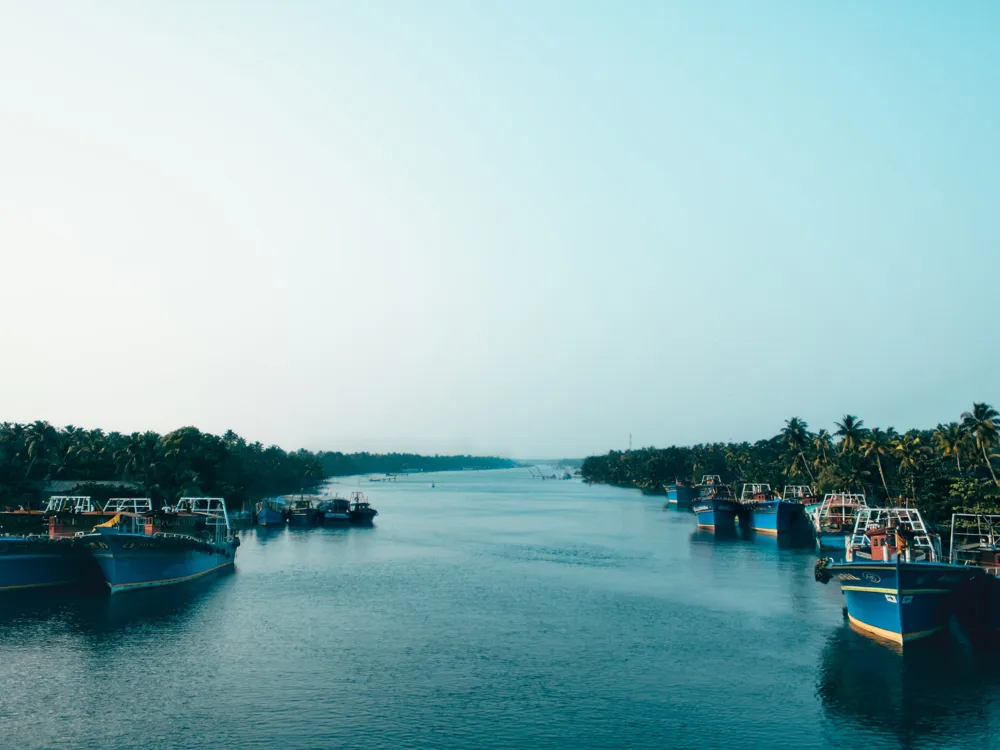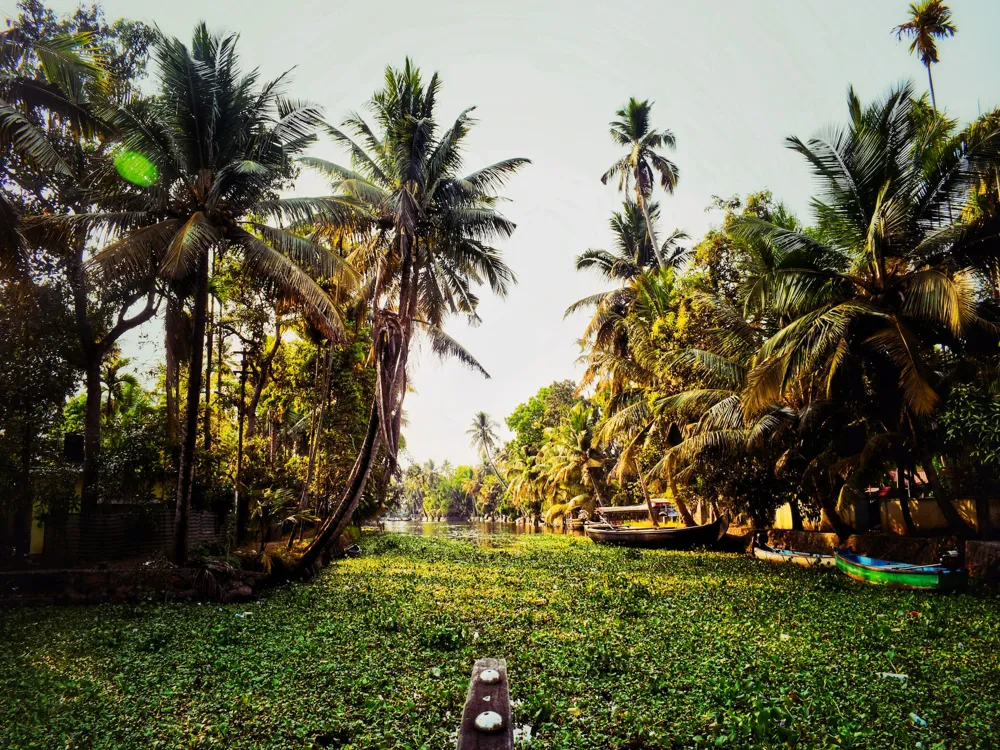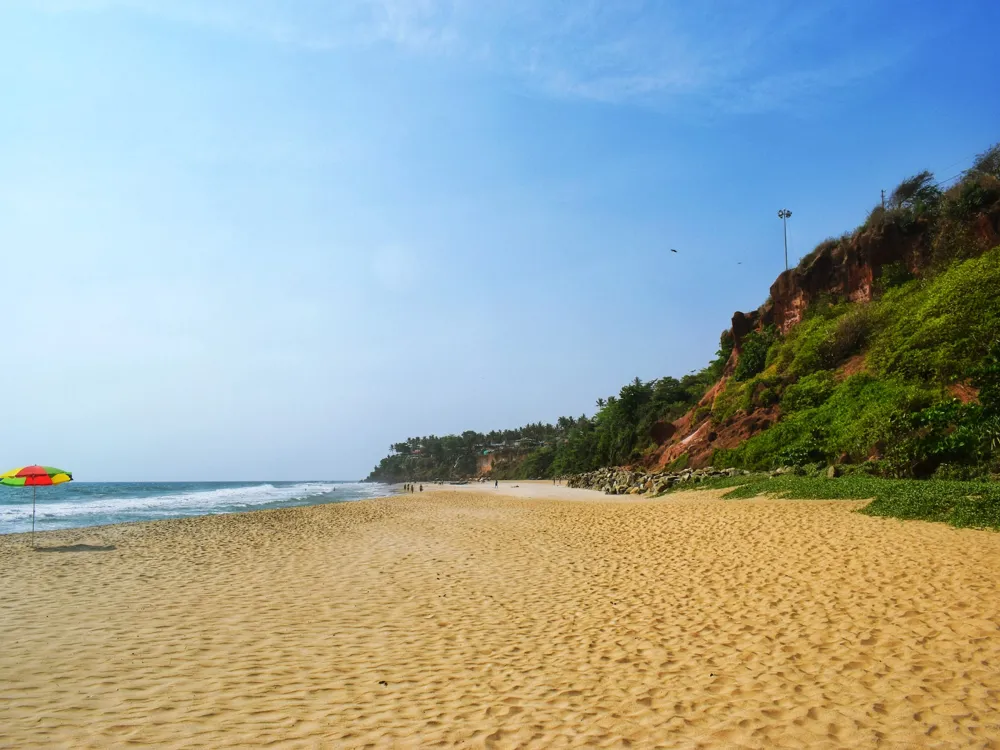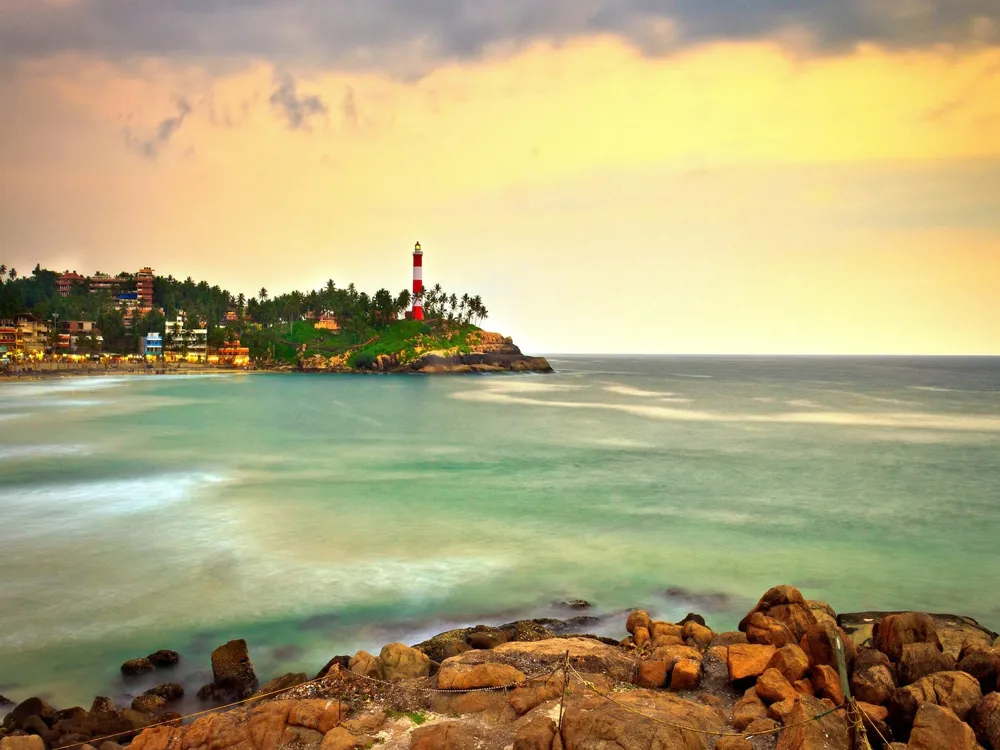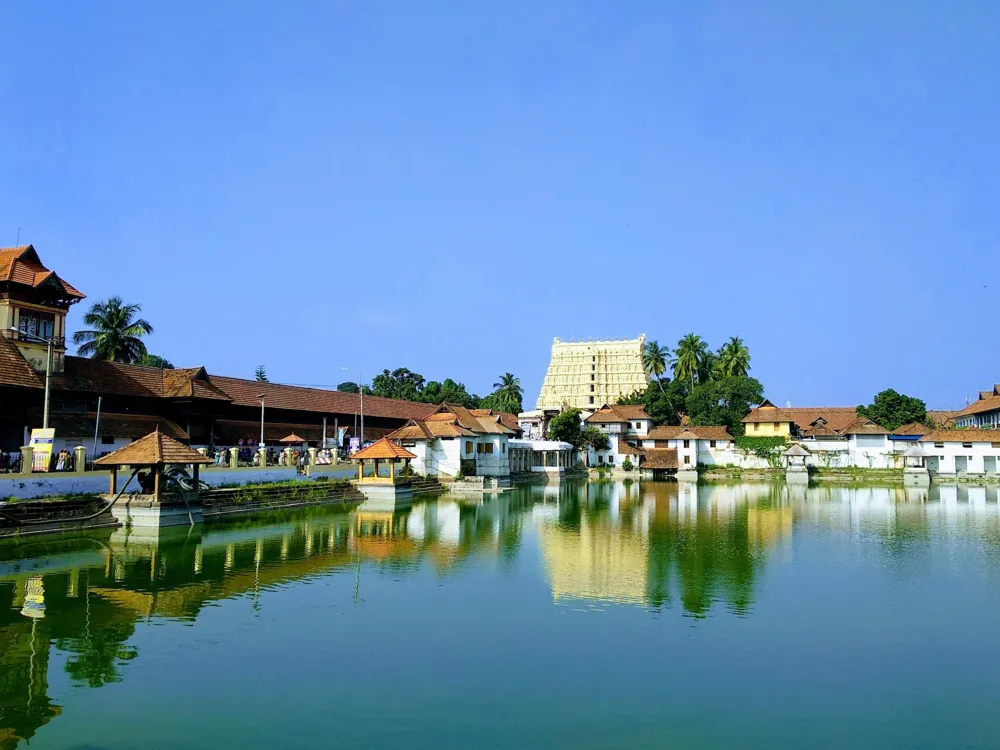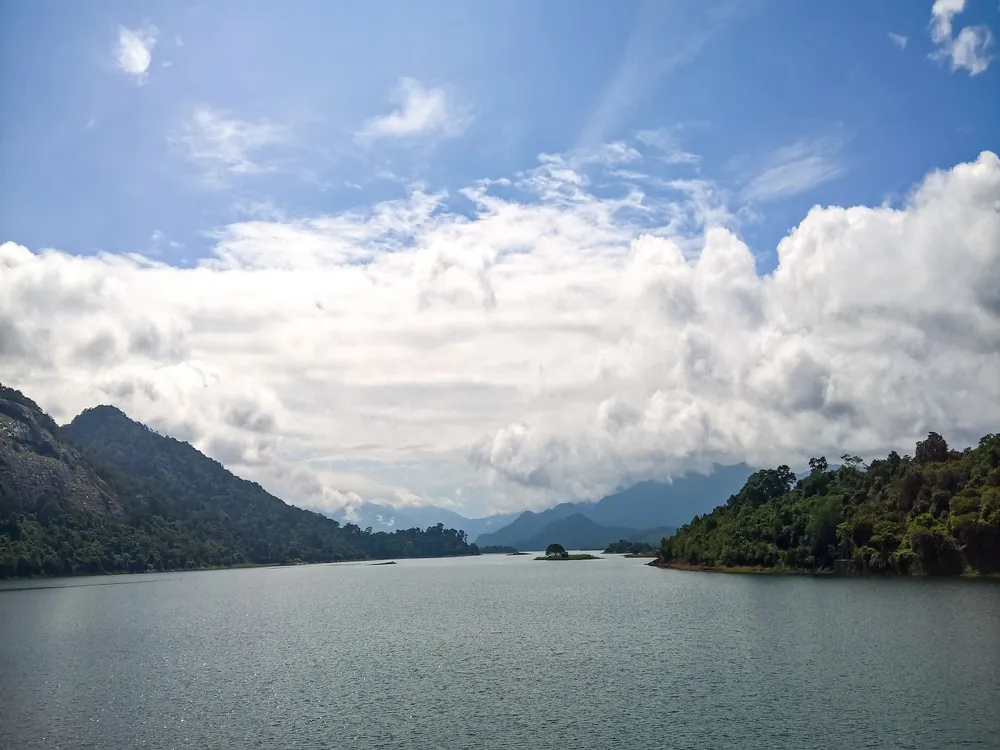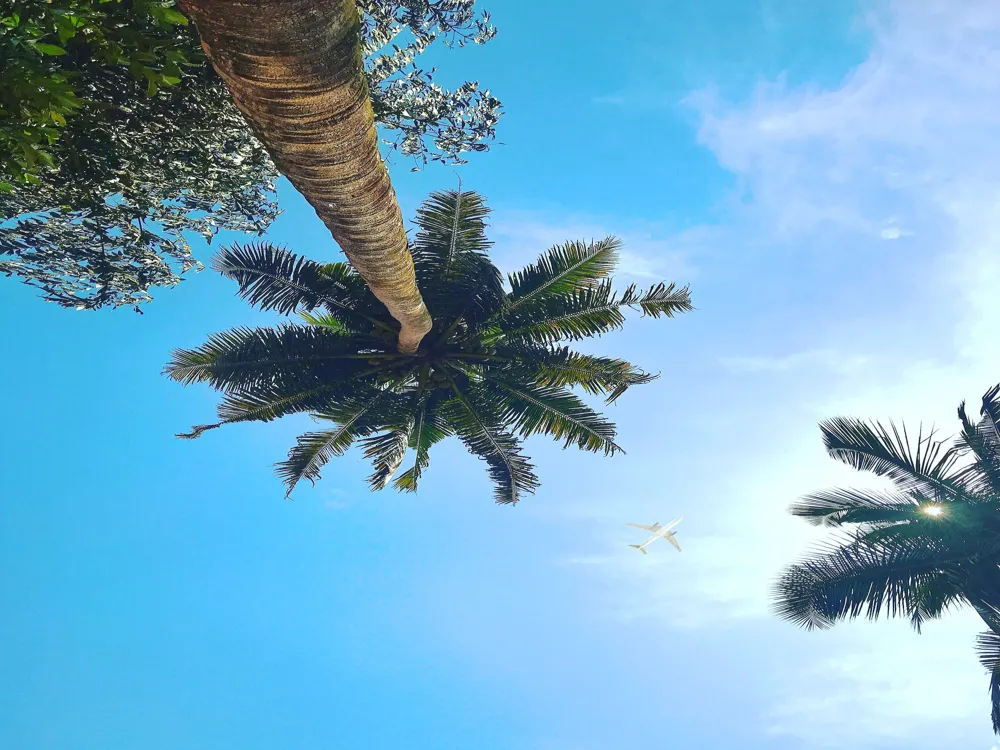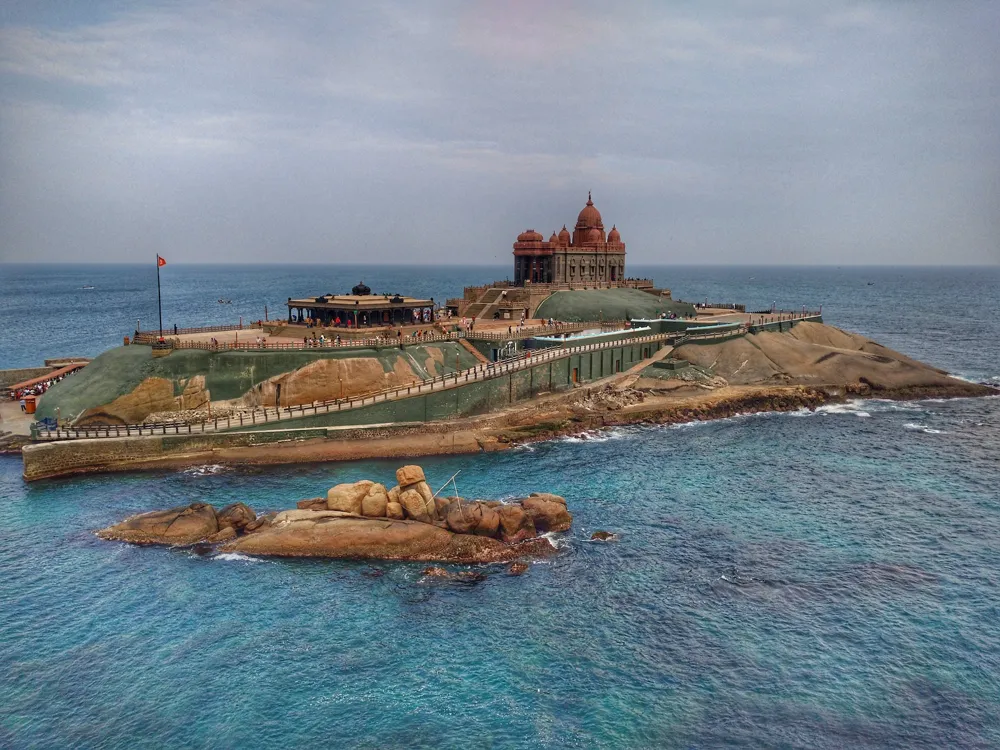Karunagappally, a picturesque town in the Kollam district of Kerala, India, is a hidden gem waiting to be explored. Nestled along the enchanting Kerala backwaters and fringed by the Arabian Sea, this serene town is a perfect blend of natural beauty, rich culture, and traditional Kerala architecture. With its unique geographical setting, Karunagappally offers a tranquil escape to nature enthusiasts, history buffs, and anyone seeking peace away from the bustling city life. Karunagappally, known for its historical significance and natural allure, has a rich tapestry of culture and heritage. The town's history dates back to ancient times when it was a flourishing port and a prominent center for trade and commerce. The lush greenery, intertwined with backwaters and rivers, provides a perfect backdrop for this culturally vibrant town. The local population, predominantly engaged in fishing and agriculture, is known for their warm hospitality, making Karunagappally a welcoming destination for tourists. The climate in Karunagappally is typically tropical. The summers are warm and humid, while the winters are mild and pleasant, making it an ideal year-round destination. The monsoon season, with its heavy rains, adds a unique charm to the town, turning the landscape into a lush, verdant paradise. The architectural style of Karunagappally is a beautiful amalgamation of traditional Kerala and colonial influences. The town is dotted with ancient temples, old churches, and traditional Kerala houses, known as 'Tharavads.' These structures are characterized by their sloping roofs, spacious verandas, and intricate woodwork, reflecting the skill and craftsmanship of the local artisans. The temples, in particular, are renowned for their elaborate designs and carvings, often depicting stories from Hindu mythology. One of the architectural marvels of Karunagappally is the centuries-old Padanayarkulangara Temple, known for its magnificent structure and historical importance. The church of St. Thomas, established by the Portuguese, showcases the blend of Kerala and European architectural styles. The traditional marketplaces, or 'angadis', are also noteworthy, reflecting the town's rich commercial past. The ideal time to visit Karunagappally is from October to March, when the weather is most pleasant. This period avoids the heavy monsoon rains and the extreme summer heat, providing a comfortable environment for exploring the town and its surroundings. Karunagappally's cuisine is a delightful experience, with an emphasis on seafood and coconut-based dishes. Do not miss trying the local specialties like Karimeen Pollichathu (fish cooked in banana leaves), Appam with stew, and the ever-popular Kerala Sadya, a traditional vegetarian feast. Respect the local culture and traditions. Dress modestly when visiting religious sites, and always ask for permission before taking photographs of people or private property. Engaging with locals and learning about their way of life can enrich your experience. Auto-rickshaws and local buses are the most common modes of transport for getting around Karunagappally. For a more immersive experience, consider hiring a bicycle or a scooter to explore the town at your own pace. Reaching Karunagappally is convenient, as it is well-connected by various modes of transportation. The nearest airport is the Trivandrum International Airport, approximately 90 kilometers away. From there, you can hire a taxi or take a bus to reach Karunagappally. The town also has its own railway station, Karunagappally Railway Station, which is well-connected to major cities in Kerala and other parts of India. Additionally, the well-maintained road network makes it easily accessible by car or bus from neighboring towns and cities. Read More:Welcome to Karunagappally, Kollam, Kerala
Overview of Karunagappally
Architecture of Karunagappally
Tips When Visiting Karunagappally
Best Time to Visit
Local Cuisine
Cultural Etiquette
Local Transportation
How To Reach Karunagappally
Karunagappally
Kollam
Kerala
₹ 20,300 onwards
View kollam Packages
Weather :
Label : Must Visit
Tags : Temple
Time Required : 1-2 days
Planning a Trip? Ask Your Question
Kollam Travel Packages
View All Packages For Kollam
Top Hotel Collections for Kollam

Private Pool

Luxury Hotels

5-Star Hotels

Pet Friendly
Top Hotels Near Kollam
Other Top Ranking Places In Kollam
View All Places To Visit In kollam
View kollam Packages
Weather :
Label : Must Visit
Tags : Temple
Time Required : 1-2 days
Planning a Trip? Ask Your Question
Kollam Travel Packages
View All Packages For Kollam
Top Hotel Collections for Kollam

Private Pool

Luxury Hotels

5-Star Hotels

Pet Friendly








